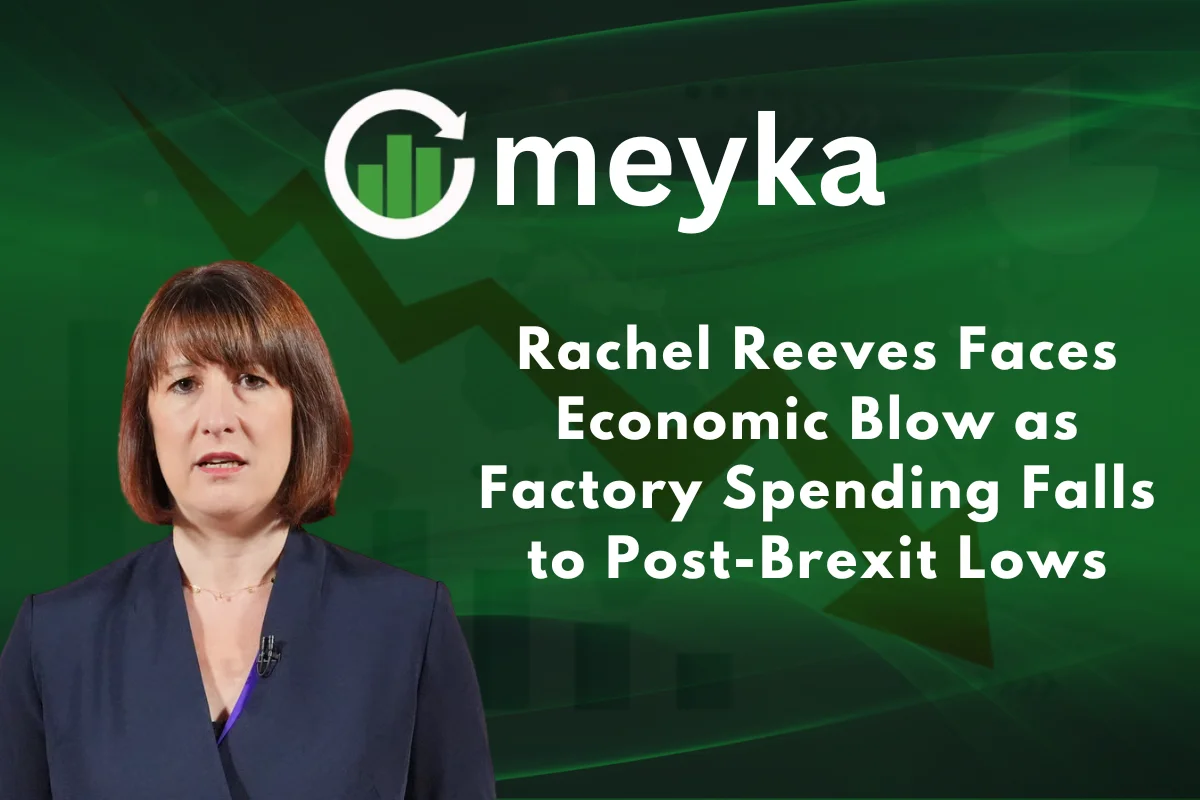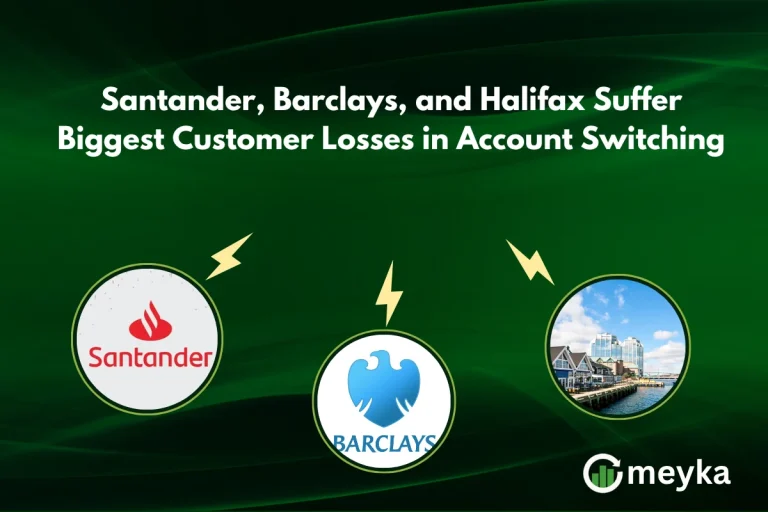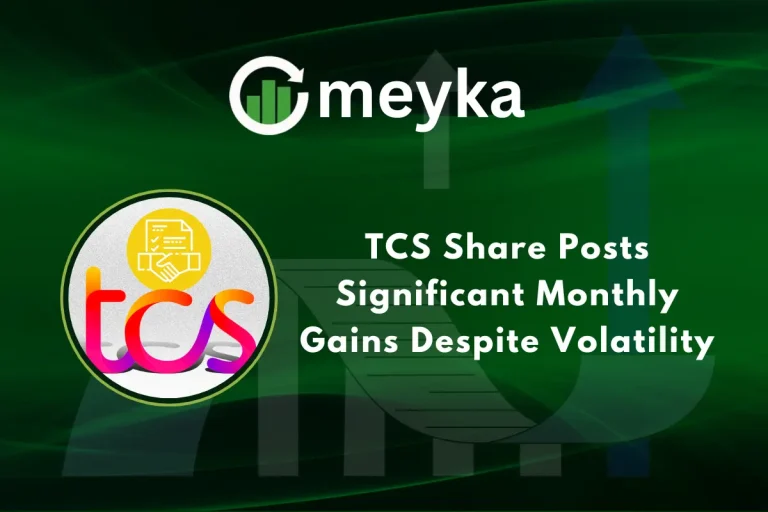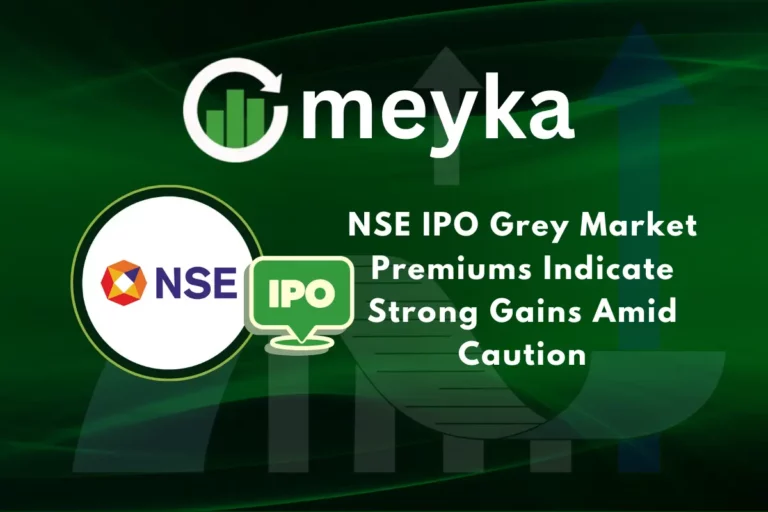Rachel Reeves Faces Economic Blow as Factory Spending Falls to Post-Brexit Lows
We are witnessing an increasingly difficult economic backdrop for Rachel Reeves, the UK’s Chancellor of the Exchequer. Once viewed as the custodian of a fresh era of growth under the Labour government, she now faces mounting headwinds as factory investment slides and business confidence wanes. The combination of a sharp drop in industrial spending, the lingering economic drag of Brexit, and policy uncertainty threatens to hamper her agenda for growth.
Factory investment slump: What the numbers reveal
Recent data show that UK manufacturers are investing at the lowest rate since 2017. According to the trade body Make UK, firms allocated just 6.8 % of annual turnover to plant and machinery in 2025, down from 8.1% in 2024.
Simultaneously, business investment in the economy overall (gross fixed capital formation) fell by an estimated 4.0% in Q2 2025, following a prior 3.9% rise. Further, investment intentions among manufacturers have weakened markedly, with the share of firms planning to expand capacity or invest in new machinery reaching levels last seen in recession periods.
On the macro side, the manufacturing sector remains under pressure: output slipped in key months, export orders remain weak, and cost pressures remain elevated. For Reeves, this means her plan to boost productivity and re-industrialise parts of Britain is facing a harsh reality: the private sector is holding back on capital spending.
Why this matters for Rachel Reeves’s economic agenda
Rachel Reeves took office promising higher growth, improved productivity and stronger investment across the regions. However, the slump in factory spending and business investment presents multiple challenges:
1. Growth and productivity target risks
Reeves has repeatedly acknowledged that the UK economy is weaker and that productivity has underperformed. She told business leaders that “the economy has been weaker … productivity has been weaker than they forecast” after Brexit. If capital investment remains low, productivity improvements will stall, making it harder to lift growth sustainably.
2. Fiscal pressures and the Budget challenge
With investment weak and growth prospects dimming, Reeves must contend with a growing fiscal hole. The Office for Budget Responsibility (OBR) is expected to downgrade growth forecasts and require the Chancellor to find tens of billions of pounds in savings or tax rises. The investment slump intensifies this challenge because weaker spending implies weaker tax revenues over time.
3. Industrial policy credibility
Reeves has placed emphasis on advanced manufacturing, regional growth and linking innovation (including AI and high-tech sectors) to the UK’s future. For example, she announced plans for a cross-economy AI “sandbox” and reform of planning rules. Yet if manufacturing investment stays low, it undermines the underlying economic shift she is trying to lead.
How Brexit and wider headwinds factor in
Reeves has emphasised that Brexit has had a more damaging impact than previously predicted. She stated that the OBR’s reassessment shows the UK economy and productivity were weaker after Brexit than expected.
However, analysts caution that Brexit is only one element in the wider challenge: long-term global productivity stagnation, weak business investment, high energy and labour costs, and uncertainty about policies all play a role.
Still, industrial investment surveys point to Brexit-related frictions, such as non-tariff barriers, new regulatory burdens, and lower inward investment, as a drag on firms’ appetite to commit capital. Hence, Reeves’s efforts to stimulate investment must navigate both the structural legacy of Brexit and the immediate business sentiment slump.
Implications for investors, AI stocks, and stock research
The slump in factory and business investment has implications beyond UK government policy:
- Equities & growth sectors: If UK growth remains muted, companies tied to domestic capital-goods production may struggle. For investors monitoring UK stocks or sectors like manufacturing, engineering, or infrastructure, the signal is caution.
- AI stocks and innovation themes: Reeves’s agenda includes boosting AI deployment and high-tech manufacturing. But if investment is constrained, the pipeline for innovation may slow. Investors researching AI stocks or UK-listed technology firms should factor in the economic environment.
- Global comparative view: With UK investment lagging, capital may shift to other jurisdictions offering stronger growth. That matters for global investors allocating across markets.
- Stock market sentiment: Weak investment may signal slower future profits, and corporate cap-ex cuts often precede weaker growth. Stock researchers will monitor capital-spending metrics as forward-looking indicators.
What needs to change, and what Reeves is doing
Rachel Reeves has announced several policy initiatives aimed at reversing the investment slump:
- Deregulation and simplification of corporate reporting for small businesses.
- A regional investment summit where she secured more than £10 bn of commitments and emphasised infrastructure spending.
- Protection of capital investment in long-term infrastructure, even as day-to-day spending is subject to fiscal restraint.
But business investment remains weak and firms continue to signal reluctance to expand. According to the CBI, manufacturing new orders remain deeply negative and investment intentions remain depressed.
This suggests that Reeves’s policy push will need to go further, for example, through tax incentives for capital investment, energy cost support for industry, removal of red tape, and greater certainty around long-term policy commitments.
Conclusion: A moment of truth for the Chancellor
In facing a collapse in factory spending to post-Brexit lows, Rachel Reeves is at a critical moment. The combination of weak business investment, muddled growth prospects, and structural economic challenges poses a major test for her ability to deliver on her vision for UK renewal.
For investors, market watchers, and business leaders, the key takeaway is that capital investment is a leading indicator. A sustained slide in investment suggests lower growth ahead, and that will matter for the UK economy, for firms, and for anyone monitoring global capital flows and innovation cycles, such as in AI stocks and advanced manufacturing.
Unless business investment recovers, Rachel Reeves’s ambition to steer the UK into a new growth chapter may remain aspirational rather than realised.
FAQs
Factory spending or capital investment is a key driver of productivity growth and future output. When firms invest in new machinery, equipment, and processes, they enhance capacity and efficiency. A sustained drop in investment suggests that firms expect weaker demand, lower returns, or higher risk, all of which undermine growth.
While Brexit has undoubtedly added costs and complexity, especially through non-tariff barriers, regulatory divergence, and weaker inward investment flows, it is not the only cause. Analysts point to a global productivity slowdown, weak physical investment across major economies, higher costs (energy, wages), and policy uncertainty as equally important.
Reeves can pursue several avenues: enhance tax incentives for investment, ease regulatory burdens, support energy-intensive industry with cost relief, and provide clear long-term policy frameworks to signal stability. She has already announced reforms around deregulation and infrastructure investment, but business surveys show more will be needed.
Disclaimer:
The content shared by Meyka AI PTY LTD is solely for research and informational purposes. Meyka is not a financial advisory service, and the information provided should not be considered investment or trading advice.






